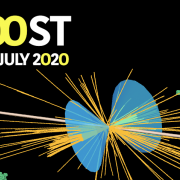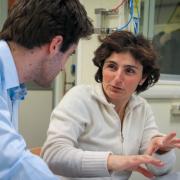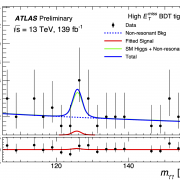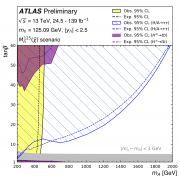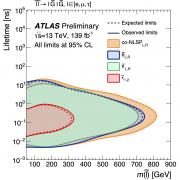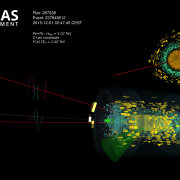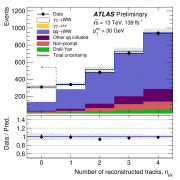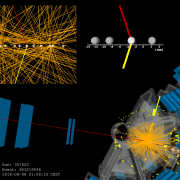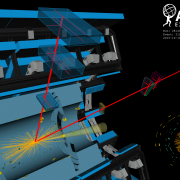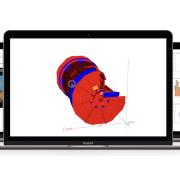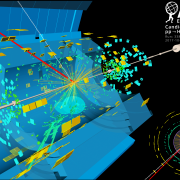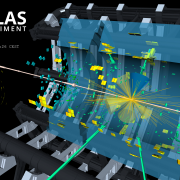Access to Collaboration Site and Physics Results
ATLAS Blog
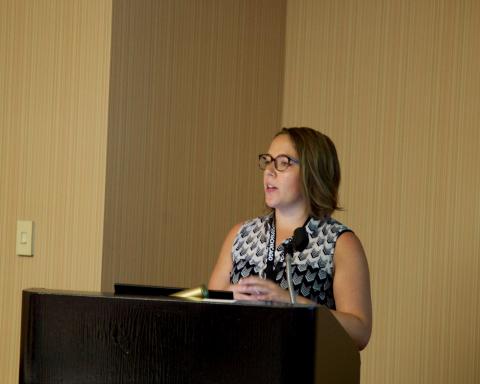
ICHEP results presented with style!
– For those of you with an affinity for Twitter, you’ll know that the ICHEP press crew have been utilising all of their dark arts to bring you the most interesting results as they’re presented at ICHEP 2016.Read more →
.jpg%3Fitok=6Ss7papR)
An insider view of the "marten affair"
– Friday morning, 29 April 2016: what was expected to be a productive shift turned out to be very different.Read more →
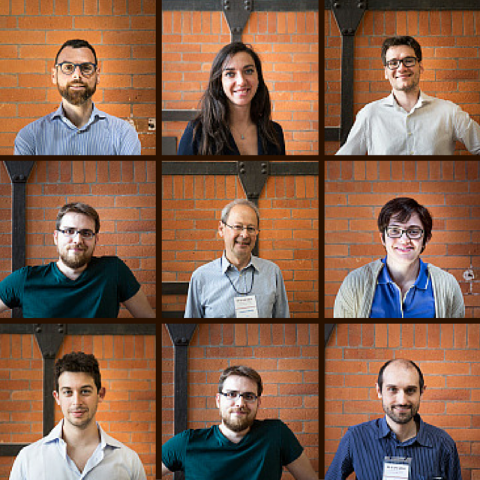
Spring celebrations in Pisa as the LHC restarts
– PP@LHC is an Italian conference with important contributions by foreign institutes, focused on the proton-proton physics performed at the LHC by the ATLAS, CMS and LHCb experiments. The aim of this year’s edition was not only to give an overview on the current status of LHC research, but to focus on future challenges with the upcoming new data.Read more →
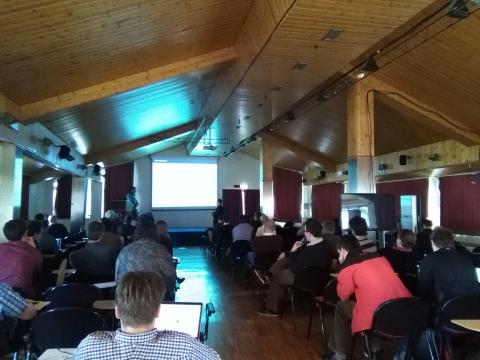
One does not simply give a talk at Moriond
– The third day of the Moriond QCD conference was dedicated to quantum chromodynamics (QCD), the theory that describes strong interactions itself.Read more →
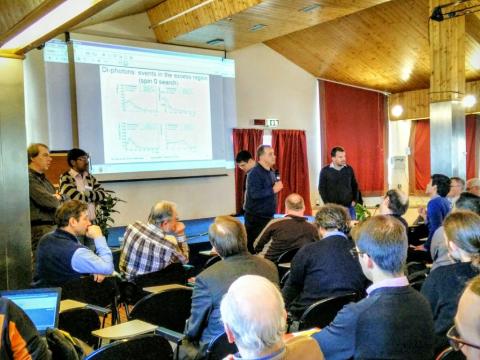
Bumps in the light
– Here we are at the second blog from the Moriond QCD conference and, as promised, I will discuss a bit of physics.Read more →

First impressions from the Moriond conference
– My name is Mario Campanelli, and I am a physicist who has been working for about 9 years on the ATLAS experiment, as part of the academic staff of University College London. This is the first time I write a blog, but I do have quite an experience in communicating science to the public, having guided visitors around CERN since I started working there as a PhD student 20 years ago, and also having written two books for the general public. Since Saturday I have been in La Thuile, a mountain resort in the Italian Alps, for the Rencontres de Moriond - arguably the most important winter conference in particle physics.Read more →
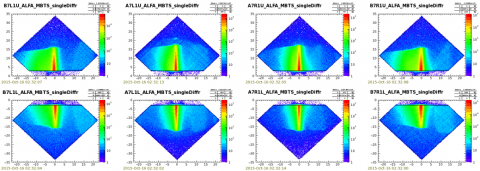
One week to do it all – Days 4-7: Diffractive data taking
– On Thursday morning the first fill reached “Stable Beam”. We had prepared a sequence to move the ALFA detectors so, with the push of a bottom, they were all moved to exactly the right position for loss maps. The fill had 42 bunches (as opposed to the 3 bunches used in elastic data taking), so the trigger rates were much higher than before.Read more →
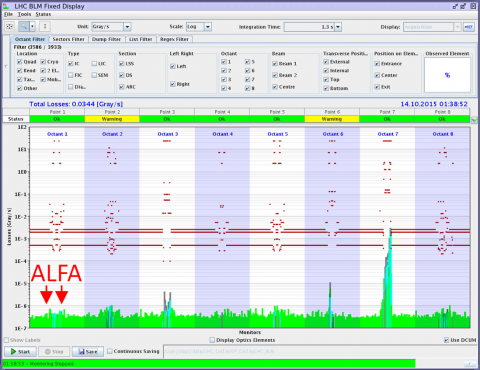
One week to do it all – Day 3: Preparing for Stable Beam
– Tuesday at 23:55 I called the ATLAS shift leader and told them to stop the elastic physics run and ramp down the inner detector as the elastic program was over. But that’s when the problems started. For some reason, the inner detector could not ramp down and ATLAS requested – for the safety of the inner detector – that the LHC team touch nothing until the problem was solved. While this actually gave us more time taking data for elastic physics, LHC operators and representatives from the other experiments in the CERN Control Centre were really not too happy about the situation.Read more →

One week to do it all – Day 2: Elastic data-taking
– No time to waste after the alignment. We had moved the detectors to about 2.8 mm from the beam, but the rates of particles passing the detectors indicated a very high background (mainly particles from the beam halo) so we decided to move the detectors out to about 3.5 mm. Now it was time for data taking. Since the detectors were so close to the beam, the LHC could not declare “Stable Beam”. Therefore ATLAS was prepared to manually override the normal safety feature, which only allows the tracking detectors to be powered fully once the LHC declares “Stable Beam”.Read more →
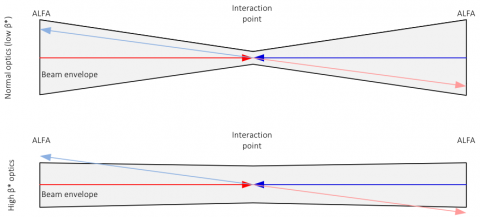
One week to do it all – Day 1: Setting up
– I have the pleasure to work for a very special sub-detector of ATLAS, called “Absolute luminosity For ATLAS” or ALFA in short. ALFA aims to measure protons at very small angles relative to the beam. To measure these small angles, ALFA is installed on the beam pipe about 240 m away from the interaction point (IP) of ATLAS. The ALFA detectors can move inside the beam pipe in order to get very close to the beam. The detector is only used a few days out of the year when LHC is running with a very special beam setup.Read more →




